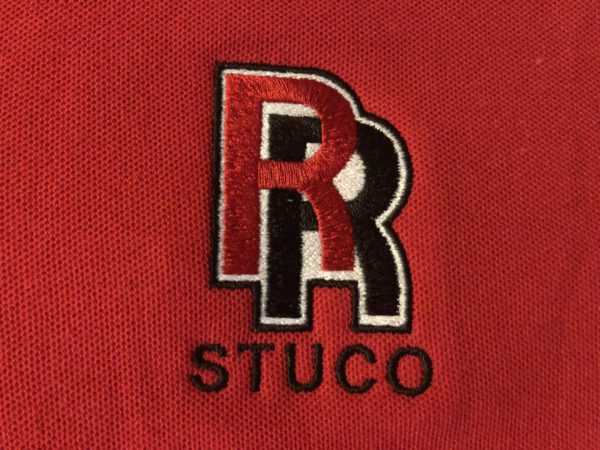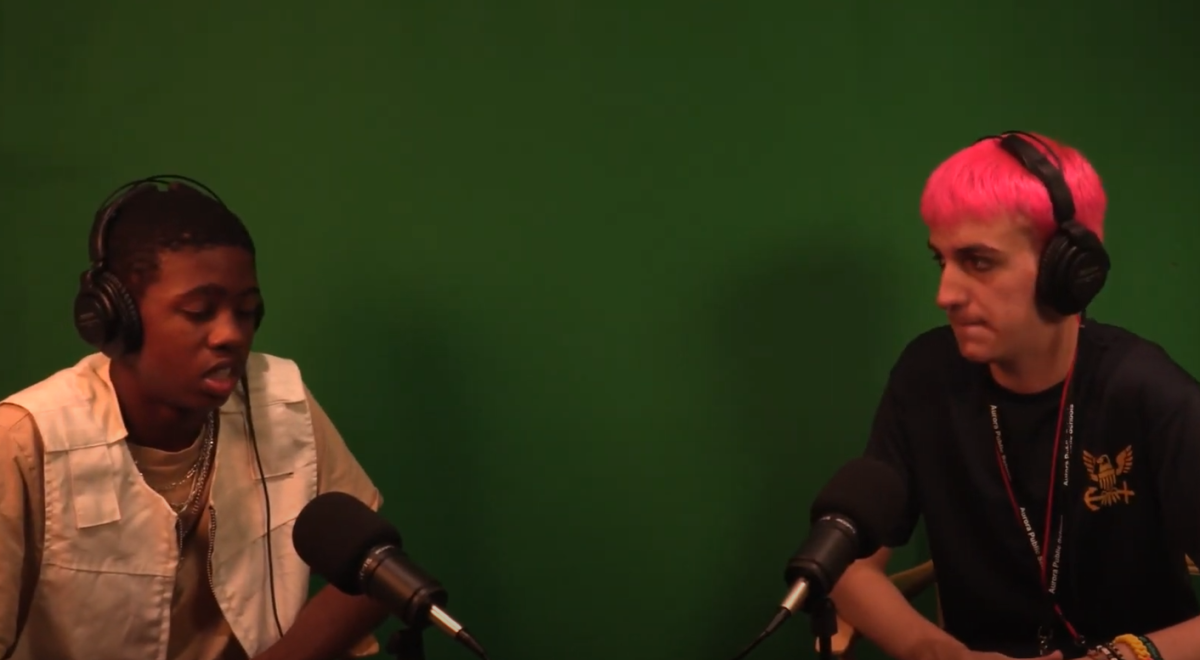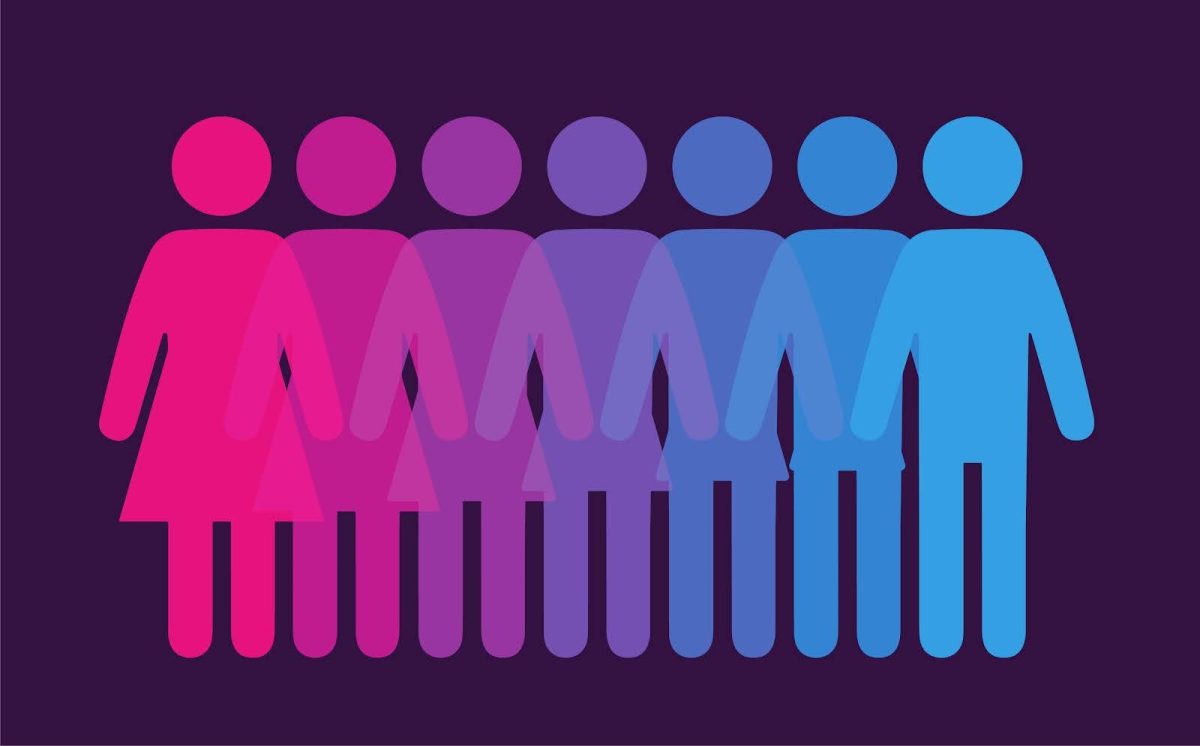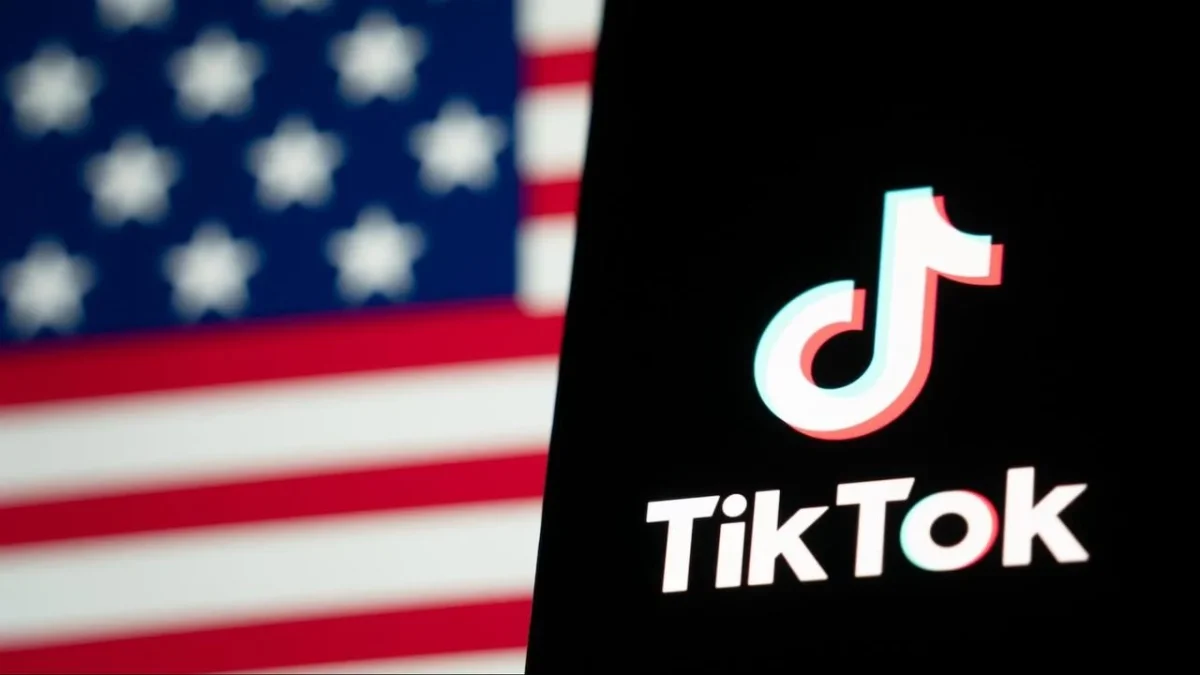Feature Photo By: Myriam Alcala – A logo of a Rangeview Student Leadership shirt displays the school’s double R’s. A Review opinion column that published earlier this week has created a lot of controversy on whether or not leadership is representative of Rangeview’s student body.
The Raider Review recently published an opinion piece called “Opinion: Why does leadership look so white?” by Myriam Alcala. It addressed a genuine observation of Rangeview’s student leadership being primarily white, and has sparked some tension between leadership and The Review, two highly vocal groups within the school. Structurally, the piece was well written, and it made some very solid points.
Furthermore, I agree with the final statements of the published article, stating that more minorities need to run for leadership. However, I do see a few flaws within the article, and would therefore like to put forth my own opinion.
On Diversity Within Rangeview:
Let’s begin with Alcala’s beginning point, the point that launched the whole piece into a full swing.
“When I walk through the halls of Rangeview High School, I feel like I travel the world in the span of five minutes.
I hear other students greeting friends in the hall: “Que Onda!?!”
I pass the commons and hear a faint melody of banda music playing on someone’s phone, pass the CCC and see BSA (Black Student Alliance) meeting.
Then, I walk into the theater – fourth period – to a completely different world.”
Now, I’ll address Alcala’s first sentence first. Walking through Rangeview truly is like travelling the world in five minutes. Almost any ethnicity and race that you could imagine, we have it. It’s fascinating, and it gives me pride to know that I am a student at such a diverse school. Every day, I hear half a dozen languages that I can’t speak; every day, I hear new music, see new faces, and smell new foods. Rangeview is so incredibly diverse, and I love it for that.
But, believe it or not, white people are a part of that diversity as well. The way Alcala describes her experience walking through the halls of Rangeview, I picture her seeing such amazing people and cultures, then entering the theater during fourth period to the bland, the ordinary. In my mind, it seems to me that Alcala is claiming that all diversity of Rangeview ends at the theater doors. That’s not the case.
White people are as much a part of diversity as every other race.
‘White’ isn’t a base race or ethnicity that all other races are upgrades of; white is completely separate from black is completely separate from Hispanic is completely separate from Asian… you get the idea. Each and every group of people is completely separate, and each and every group contributes to diversity.
Therefore, white music, white faces, and white food are just as much a part of Rangeview’s culture as the rest. No more. No less.
Of course, in the ideal world, race would have no more importance to humanity as a whole than the color of one’s eyes, but, unfortunately, we don’t yet live in a world where that is a case. Instead, we live in a world where race seems to define everything, both positive and negative.
On Leadership Failing to Provide a Student Voice:
Now, on to one of Alcala’s largest, most developed, and most important points.
“A few days ago in class we were told to rank things that were most important to make a good student council. In our group ‘providing student voice’ was one of the last things on the list.”
This is a problem. Let’s be honest. I agree with Alcala all the way here. If leadership isn’t providing a student voice, then what is their purpose?
I understand that leadership does do a lot of hard work for our school, and that does deserve to be recognized. But, to my knowledge, the whole point of student leadership is to make a voice for the students within the school, and if they are placing that as one of the last priorities on their list, that is an issue.
That said, race has nothing to do with that.
It is not because of race or ethnicity that leadership is failing to represent the student voice, if that’s the case. That failure is due to their training, their attitude, and their mixed priorities. All of that should have been addressed in Alcala’s article, or in a separate article. Perhaps it will be eventually, as I will only touch on it at the moment.
Alcala claims that, when Rangeview STUCO hosted a leadership conference, student voice wasn’t even an option for students to learn about. Now, correct me if I’m wrong, but that doesn’t seem like a race issue to me. It seems that, even if STUCO was split perfectly evenly among races and ethnicities, or if it was primarily minority, the same issue would arise. There would still be a lack of priority within leadership that would fail to convey the importance of being a voice for students.
Regardless of ethnic makeup within STUCO, they go through the same training, have the same teacher leadership, and experience the same problems. The problem lies within how leadership functions, not within who makes up the group.
On Minorities Being Underrepresented in Leadership:
Alcala then uses some statistics that are, to the best of my knowledge, entirely accurate.
“Rangeview High School is home to one of the most diverse populations of students in Colorado: We are 37% Hispanic/Latino, 27% White, 22% Black/African American, 5.5% Asian, 2.28% Native and/or Pacific Islander, according to Counselor Kyle Hirsch….
In comparison to Rangeview’s demographics, STUCO consists of 42.1% White, 20.3% Hispanic/Latino, 21.8% Black/African American, 12.5% Asian, and 3% Native and/or Pacific Islander.”
As these statistics make very clear, minorities are, indeed, underrepresented within STUCO. I don’t deny it; in fact, I’ll affirm it right along with Alcala.
Yet, as before, I do have an issue with Alcala’s presentation. The general tone of the opinion piece seems to be very accusatory, though as to who, I have trouble pinpointing.
Maybe Alcala is accusing white people? Or maybe she’s accusing the administration? She could, for all I know, be accusing the present student leadership, or even past student leaderships. While I can’t decide who is being accused, I’m fairly certain that she is accusing someone of the under-representation.
I don’t believe this is fair at all.
The administration, the present student leadership, the past student leaderships, and white people in general are doing nothing to prevent minorities from running for, and getting elected into, student leadership.
Latinos and blacks are just as welcome to run for leadership as whites are. You don’t even have to be elected to a class position to make it into leadership; as long as you get enough points, you’re in.
So if there is nothing physically preventing minorities from running and getting elected, why is it that minorities are so underrepresented in student leadership?
Well, Alcala does touch on this towards the end of her article. She calls for more minorities to run, which is exactly what must happen. If more minorities run, more minorities will be elected or let into the class. The thing is, minorities just don’t run as much as whites do. So why is it that, instead of releasing a positive piece calling for more minorities to run, Alcala instead decided to release an accusatory, negatively-toned piece that seems to point fingers, even though the points were at no one in particular? That will bring us into one of our final sections.
On the Review’s Approach to this Article:
I’ll be frank: I’m not proud of how The Review approached this article, and I’m not proud of the results.
Instead of trying to unify Rangeview under the pride of our diversity, the article mainly pointed fingers and threw accusations. Instead of bringing us together with the aim for change, it created a bit of unnecessary tension between various groups, as can be seen by STUCO’s less-than-friendly verbal responses. Instead of speculating about the future possibilities, the article remorsed about past misguidings.
What’s more, I do not believe that the methods used to write this article were ethical. They may have been completely legal and allowed, but I like to think that the Raider Review provides a form of higher-level journalism that is hard to come by in this day and age. After reading this article, and hearing about the making of it, I am less sure.

Take the photo of the executive council, for example. Maybe I am misinterpreting it, or maybe there is background information to it that I don’t know. However, the Student Body Historian Abel Mesfin and Freshmen Class President Rahkem Fleming are absent from the posed photo. Being non-white males, I wonder if Mesfin and Fleming were not in the picture for a reason. Again, it could be entirely coincidental; if I had written the article and been responsible for the picture, I would have at least noted in the caption that they were unavailable at the time.
What’s more, responses of interviewees on the topic are a bit misleading. Take Alcala’s first and second paragraphs:
“I’ll start with this question: Do you feel represented by Rangeview’s Student Leadership?
‘I’ve noticed that the class is predominantly white,” answered Salma Naoui, a junior. “In school you have the leadership kids […] and then everyone else.’”
Now, I’ve interviewed a great number of people, and I’ve become conditioned to what kind of responses that they will offer up. Upon being asked the question “Do you feel represented by Rangeview’s Student Leadership?” I find it hard to believe that Salma Naoui’s mind immediately went to race.
It is likely that Naoui was guided in that direction, possibly by previous conversation or by further prompting from Alcala. Otherwise, Naoui’s response may not have even been to the question that Alcala implies it to respond to. Again, however, this is certainly allowed in the journalism world, misleading as it may be. Therefore, one can’t be too upset about this.
I believe, when all is said and done, that this opinion piece could have been written in a very different, far more effective way. The other side should have been addressed, instead of one-sidedly pointing fingers. More pressing matters should have been discussed, and more ethical means should have been used to reach the same goal.
That goal, though, is a noble one.
Leadership does need a reform; more minorities do need to run; the voice of the students should be a topic of conversation for future leadership students, to ensure that they are meeting the needs of Rangeview. So, long story short, pay attention to what Alcala says. It’s very important.
But don’t let The Review’s publication on this issue draw divides between the Rangeview students. Rather, look for the positives.
Look for what can be done to improve our school, and work with each other to achieve it.






